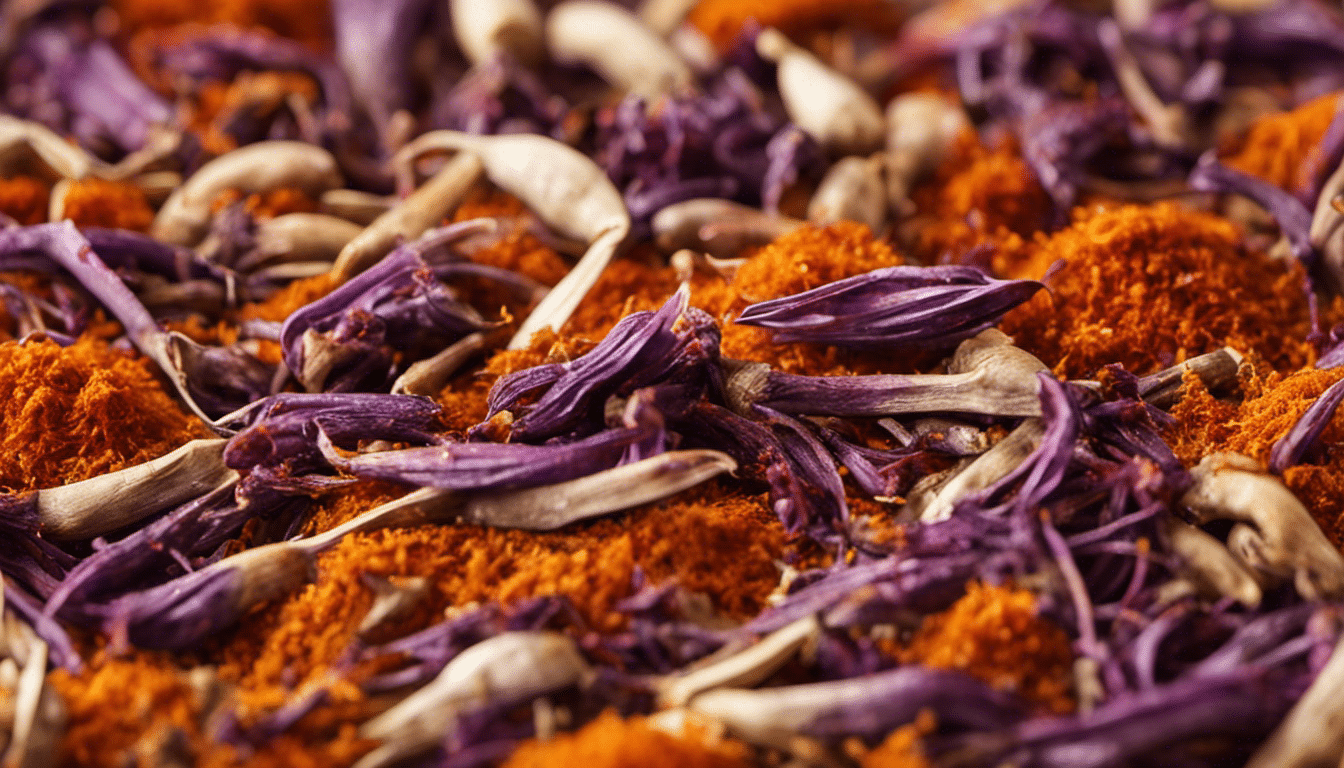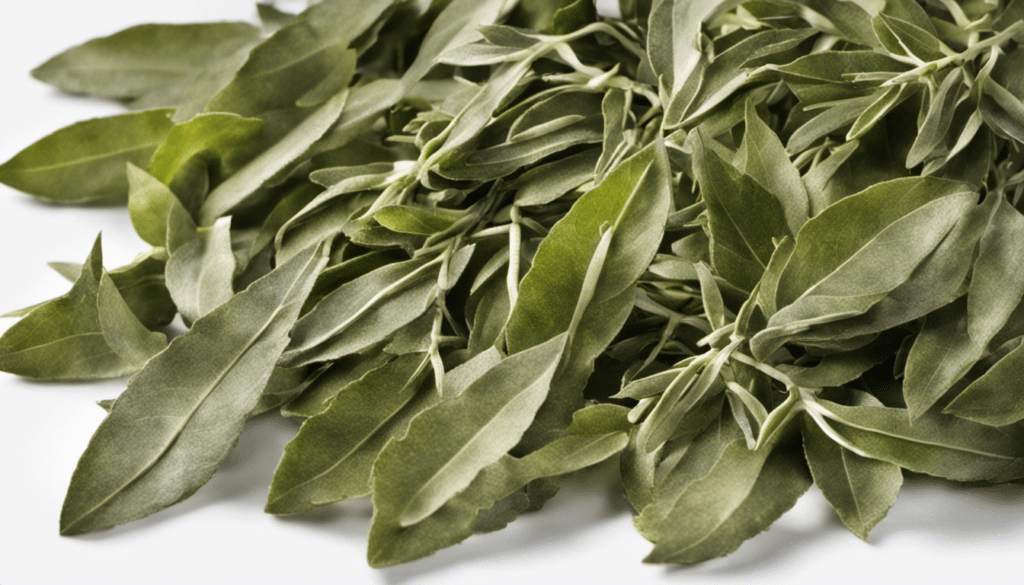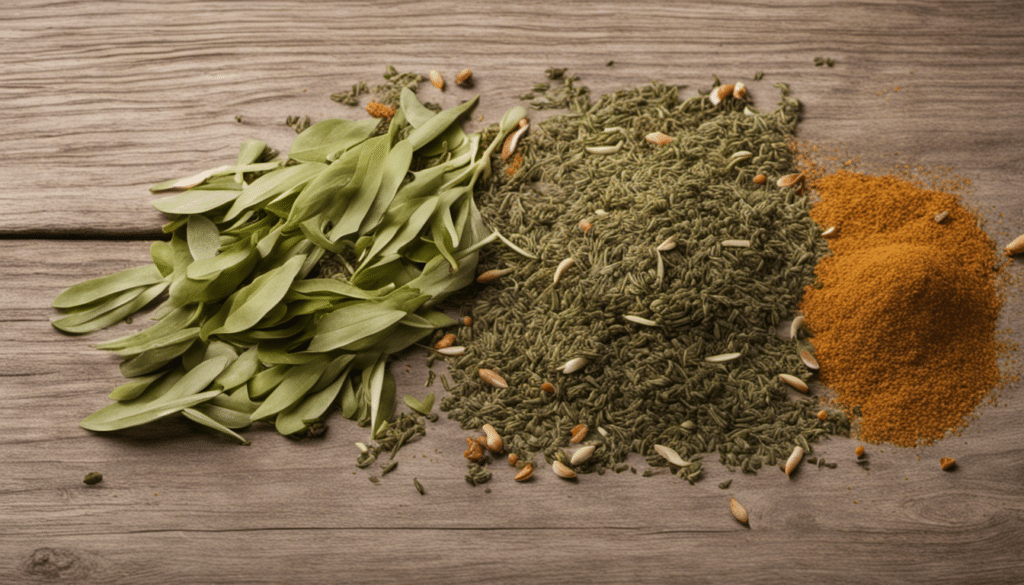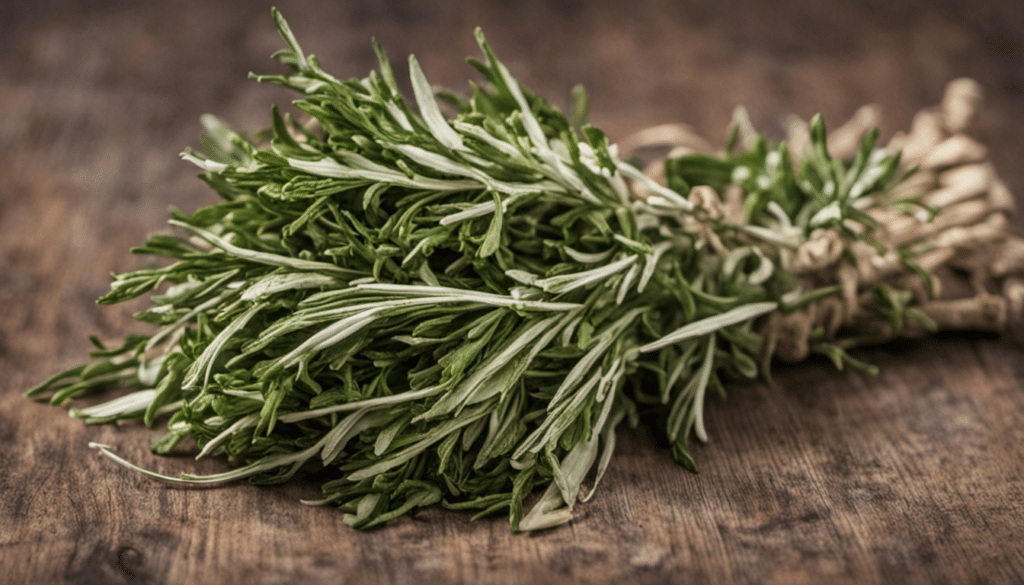Everything You Need to Know About Saffron

The Saffron Story: Origins and History
The world’s most expensive spice by weight, saffron originates from the three delicate stigmas or threads in the centre of the Crocus sativus, a flower in the Iris family. This labour-intensive crop, believed to have been first cultivated in Greece, is now grown primarily in Iran, which produces about 90% of the world’s supply.source
Also known by its scientific name, Crocus sativus, or simply as “red gold,” saffron has been treasured for over four millennia for its unique flavor, deep golden-yellow hue, and potential health benefits. It has played a significant role in Persian, Arab, and European culinary traditions, and has even been used as a fabric dye and in perfumery.
Health Benefits: A Goldmine of Nutrients
Saffron is a treasure trove of nutrients, including carotenoids, B vitamins, and minerals like iron and potassium. Don’t be fooled by the tiny quantities in which it’s usually used – just a small sprinkle of saffron can go a long way.
Traditionally, saffron has been used in herbal medicine to treat a range of conditions from heart disease to depression. Modern scientific studies have found that saffron contains numerous plant-based compounds with potential health benefits. One of these compounds, crocin, may have antioxidant and anti-inflammatory effects. Other research suggests that saffron may improve mood and reduce symptoms in people with major depressive disorder.source
It’s important to use saffron judiciously, as it can have harmful effects in large quantities. And because it’s so expensive, it’s worth ensuring that you’re getting the real deal when you buy it. Look for threads rather than powder, which might be adulterated with other spices, and opt for brands with a reputation for quality.
Saffron Recipe Ideas
- Saffron Rice
- Persian Saffron Chicken
- Spanish Paella with Saffron and Seafood
- Moroccan Chicken Tagine with Saffron and Figs
- Saffron Risotto
- Indian Saffron Milk
- Saffron Buns (Swedish Lussekatter)
- Roasted Saffron Potatoes
- Saffron and Seafood Pasta
- Persian Saffron Ice Cream



